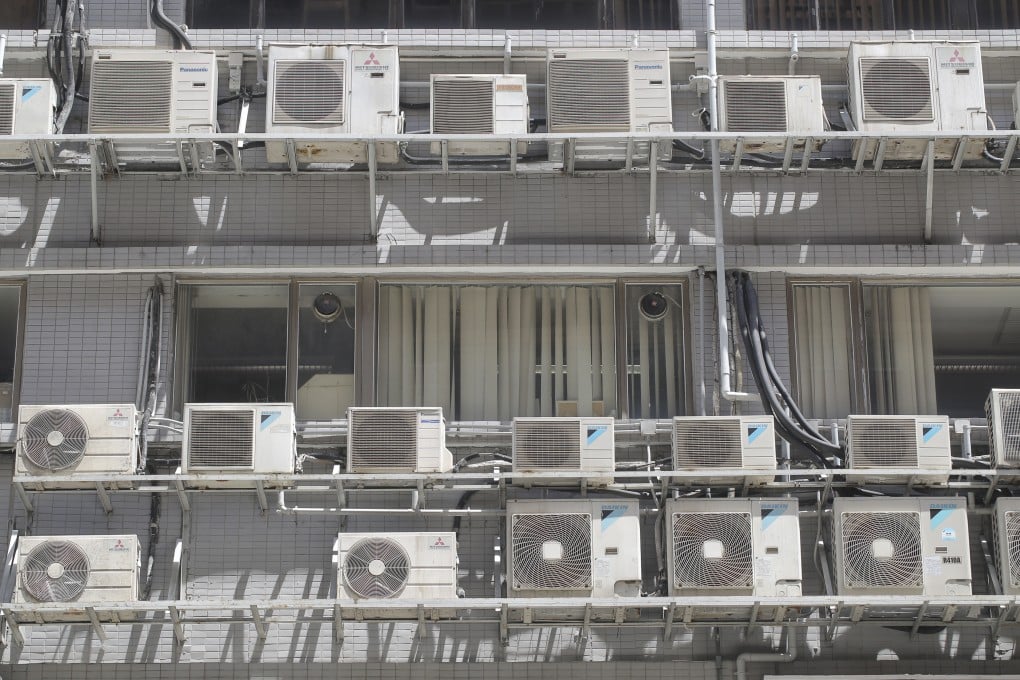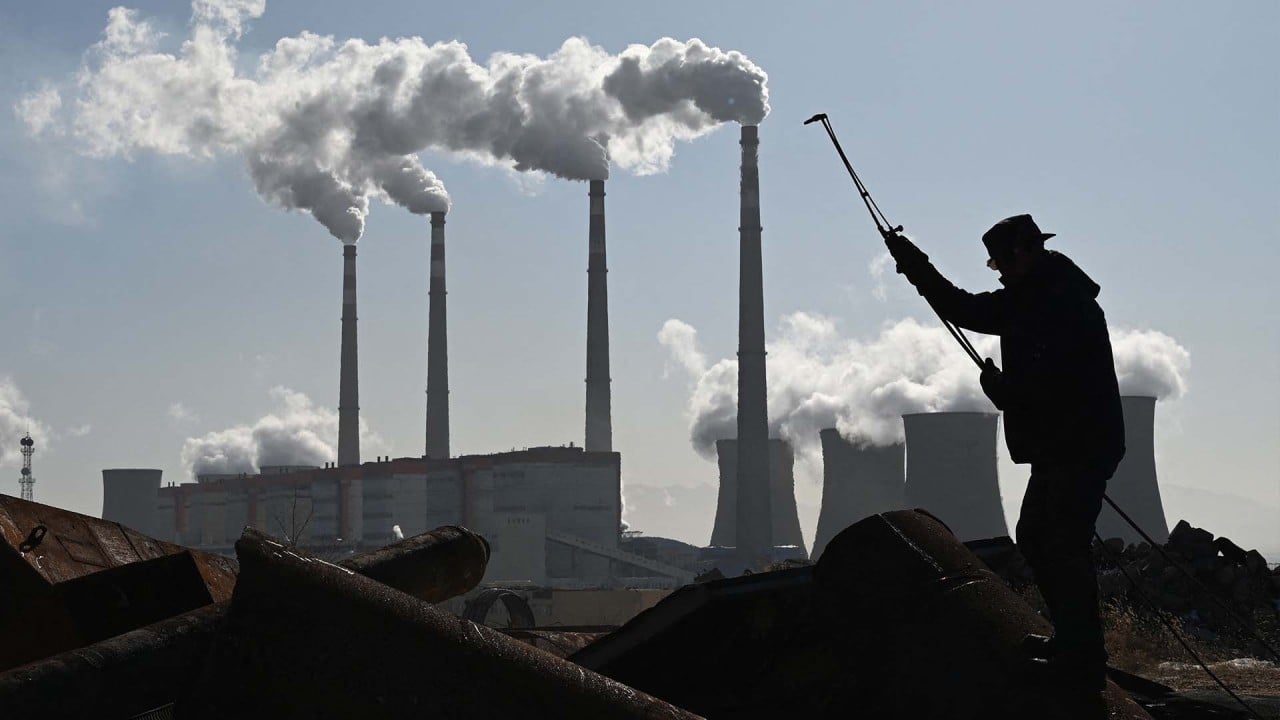Advertisement
Opinion | Making buildings more energy-efficient is a quick way for Hong Kong to reach its carbon goals
- Like many governments post-COP26, Hong Kong is working on phasing out coal
- As it waits for green hydrogen and wind farms, a fast and easy way is to legislate for energy efficiency in buildings, which produce 60 per cent of the city’s carbon emissions
Reading Time:3 minutes
Why you can trust SCMP
2

Many high-level climate conferences have been held in the past quarter of a century, from the first UN Climate Change Conference of the Parties (COP1) held in Germany in 1995 to the most recent held in Scotland. COP26 has been described as the last chance for nations to join together in tackling the biggest crisis facing humanity.
Advertisement
Unfortunately, only vague commitments and agreements have come out of each conference, with wealthy nations reluctant to commit funding for developing economies to transition from carbon-intensive coal-fired power towards clean energy.
Numbers tell the inconvenient truth. When COP1 was held in 1995, the global atmospheric carbon dioxide concentration stood at 360 parts per million (ppm). By the time COP26 arrived, the carbon dioxide concentration had climbed to 414 ppm.
This month, the Global Carbon Project predicted that carbon emissions will rise by 4.9 per cent this year due to the revival of economic activities, meaning that the atmospheric carbon dioxide concentration will return to pre-Covid-19 levels.
The situation for humanity may well get worse as it battles the twin crises of the pandemic and climate change.
The knock-on effects of both have given world leaders more headaches. For instance, mainland China has faced serious power shortages since late September, when many factories were forced to shut down.

Advertisement

